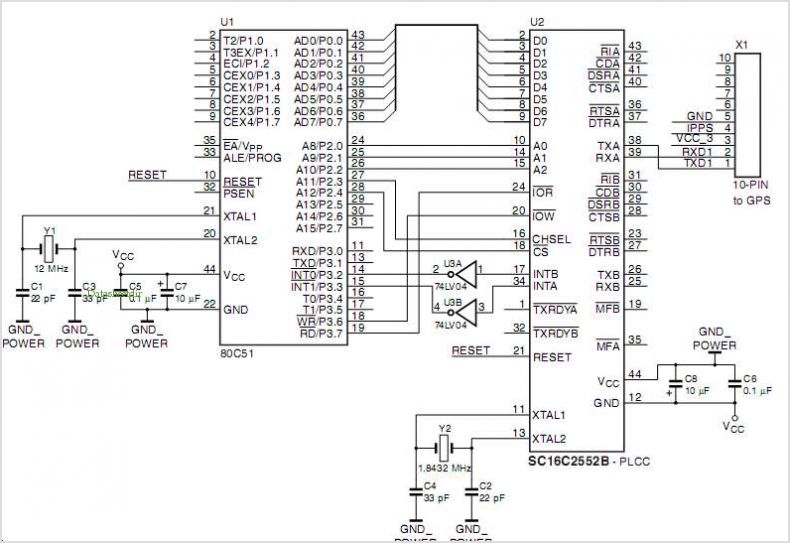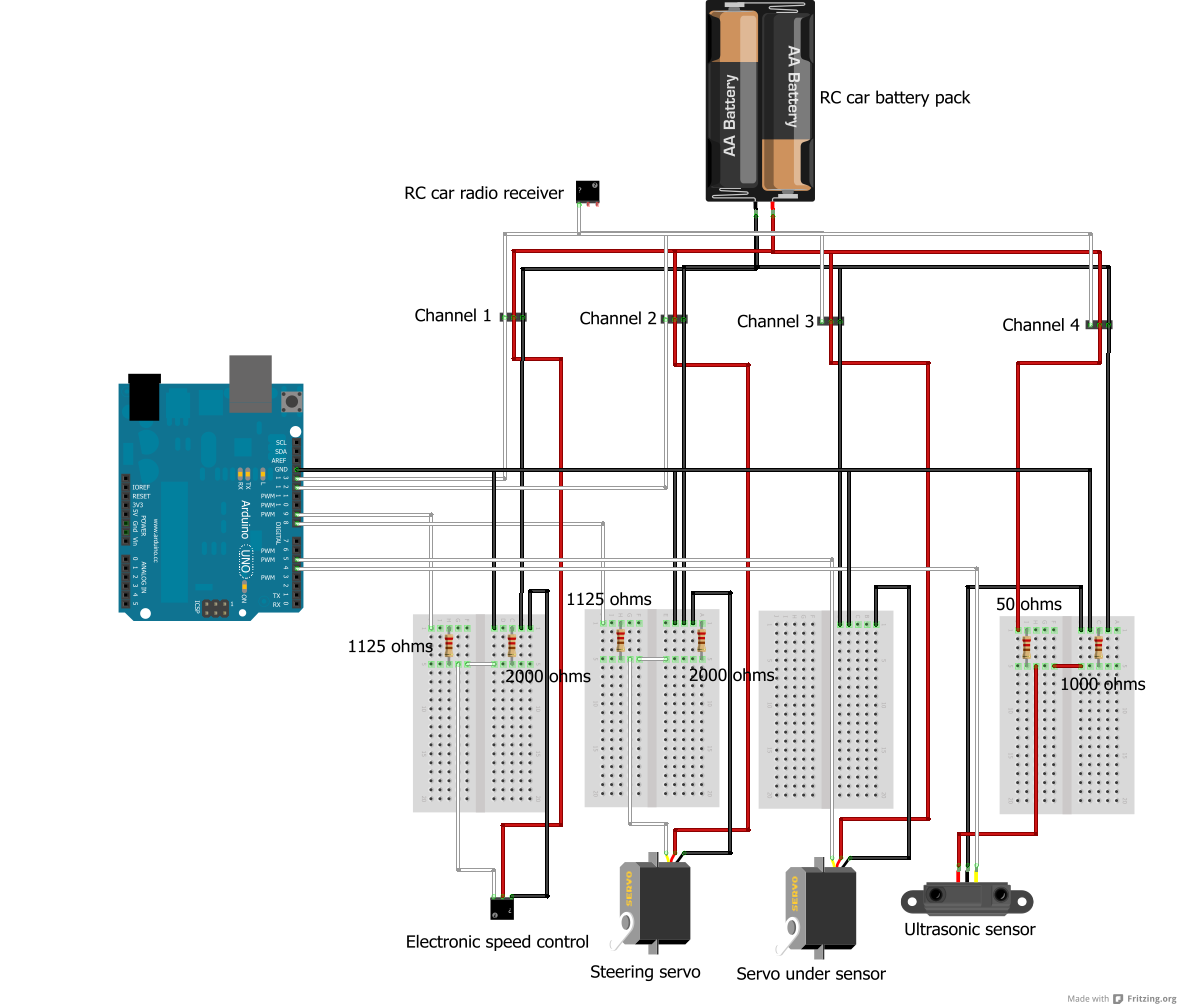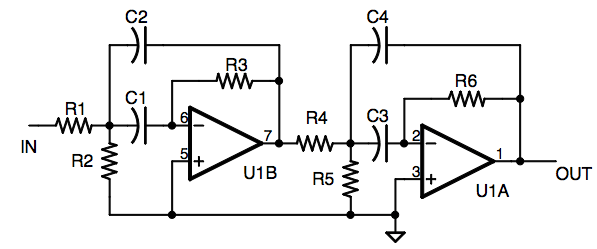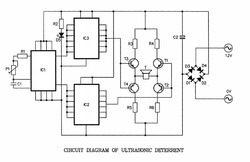
Obstacle Avoidance & Navigation for Industrial Robots
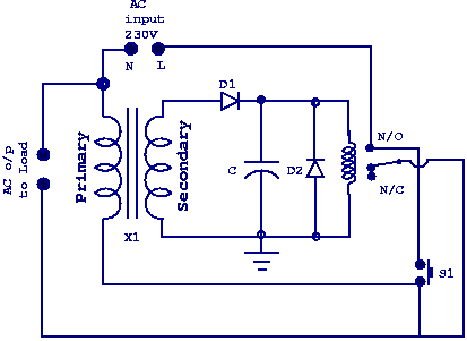
A project focused on obstacle avoidance and path tracing navigation for industrial robots. A robot is a self-guided machine capable of performing tasks autonomously. Additionally, robots often exhibit characteristics through their design or movements that give the impression of having intent or agency.
The project on obstacle avoidance and navigation for path tracing manipulators in industrial robots involves the integration of various sensors, control algorithms, and actuators to enable the robot to navigate complex environments while avoiding obstacles. The primary components of such a system typically include ultrasonic or infrared sensors for distance measurement, which help the robot detect obstacles in its path.
The control unit processes the sensory data using algorithms that implement techniques such as reactive navigation or global path planning. These algorithms can be based on methods like A* or Dijkstra's algorithm, allowing the robot to determine the most efficient route while dynamically adjusting to unforeseen obstacles.
The actuators, often in the form of motors, are responsible for the movement of the robot. They receive commands from the control unit to change direction or speed based on the navigation algorithms' outputs. The entire system may also incorporate a feedback loop, where the robot continuously monitors its environment and adjusts its path in real-time.
Power management is another critical aspect of this project, as the robot must maintain sufficient energy to perform its tasks throughout its operational period. This can involve the use of rechargeable batteries or energy harvesting techniques to ensure longevity and efficiency.
In summary, the project encompasses the design and implementation of a sophisticated robotic system capable of autonomous navigation and obstacle avoidance, emphasizing the integration of sensor technology, control algorithms, and actuation mechanisms to achieve efficient and intelligent movement in industrial settings.A project on Obstacle Avoidance & Navigation of Path Tracing Manipulator for Industrial Robots. A robot is an automatically guided machine, able to do task on its own. Another common characteristic is that by its appearance or movements, a robot often conveys a sense that it has intent or agency of its own 🔗 External reference
The project on obstacle avoidance and navigation for path tracing manipulators in industrial robots involves the integration of various sensors, control algorithms, and actuators to enable the robot to navigate complex environments while avoiding obstacles. The primary components of such a system typically include ultrasonic or infrared sensors for distance measurement, which help the robot detect obstacles in its path.
The control unit processes the sensory data using algorithms that implement techniques such as reactive navigation or global path planning. These algorithms can be based on methods like A* or Dijkstra's algorithm, allowing the robot to determine the most efficient route while dynamically adjusting to unforeseen obstacles.
The actuators, often in the form of motors, are responsible for the movement of the robot. They receive commands from the control unit to change direction or speed based on the navigation algorithms' outputs. The entire system may also incorporate a feedback loop, where the robot continuously monitors its environment and adjusts its path in real-time.
Power management is another critical aspect of this project, as the robot must maintain sufficient energy to perform its tasks throughout its operational period. This can involve the use of rechargeable batteries or energy harvesting techniques to ensure longevity and efficiency.
In summary, the project encompasses the design and implementation of a sophisticated robotic system capable of autonomous navigation and obstacle avoidance, emphasizing the integration of sensor technology, control algorithms, and actuation mechanisms to achieve efficient and intelligent movement in industrial settings.A project on Obstacle Avoidance & Navigation of Path Tracing Manipulator for Industrial Robots. A robot is an automatically guided machine, able to do task on its own. Another common characteristic is that by its appearance or movements, a robot often conveys a sense that it has intent or agency of its own 🔗 External reference
